I would like to say hello to Macfilos readers. My blog in German, Messsucherwelt (Rangefinder World) is something I very much enjoy. I love writing about cameras and photography. I had often wondered whether to publish it in English or stick to my native German. Yet it seems everyone wants to blog in English these days, and I feel there is a great demand here in Germany for well-written and illustrated stories in German on my subject of choice, rangefinder cameras.
Now, with our cooperation, both Mike Evans and I can have a foot in both worlds. There’s no overlap and it gives both blogs a wider audience—in my case it carries my articles and photographs to the much wider English-speaking world while Mike welcomes the idea of getting Macfilos more known in German, home of our mutually admired Leica systems.
New toy
My latest toy, although by Leica, is outside the strict confines of the rangefinder world. I bought a Leica Q and I absolutely love it. My M (Typ 240) is decidedly jealous and I intend to write more on the this subject for you in the near future.
In common with most bloggers I go through fits of enthusiasm followed by the odd fallow period. Such was the case earlier in the winter but I kept up to date with my daily reading of photographic websites great and small. My target group of rangefinder and high-performance mirrorless cameras has been pretty quiet during this period—lots to read about professional DSLRs and cameras from the mirrorless segment with particularly small sensors—but not a lot of interest in it for me.
But sometimes I get a surprise. Such as when I clicked on the august old campaigner, DPreview, and spied its review of the new Sony RX1R. I cautiously ran my eyes to the conclusion. Let me tell you that I felt a twinge of guilty Schadenfreude when I read that in the opinion of the testers the Leica Q was highly recommended. I was even more astonished when I read that in the meantime Sony had bagged the “Automatic Gold Award”. There were other surprises.
On the same web site a week or so ago there was an article about the Leica Q in use as a wedding photography tool. This was—to put it mildly—underwhelming. It was readable enough, it said all the right things: “Great lens”, “fast autofocus”, “great colours” and to forth. But the accompanying pictures…… I won’t labour the point (there are enough mediocre pictures on my website, not to mention matters of personal taste in post processing). But, ahem, how can I put it?
When such a leading website as DPreview publishes an article there must be at least two, perhaps three pictures that stand out as exceptional. In this case material was so average that it brought the poor author a mountain of troll comments, none of which the Q itself had earned. It’s a case of workman and tools. After all, the article was intended to show that professionals such as the author, who otherwise rely on their DSLR workhorses, should give the Leica Q a chance.
Expanding the market
Despite this particular minor setback, the Q undoubtedly appears to have persuaded a large number of people to take Leica seriously as a camera producer (once more). Many photographers who have never before considered or experienced Leica have been drawn to the marque through the success of the Q.
The Q deserved better this, DPreview.
For my part, my own Leica Q has been on some more interesting adventures than shooting a wedding in Oregon. I admit I’m a bit biased. A couple of Saturdays ago I was able to cover Celissimo, the Cello Ensemble of Oliver Krüger near Vlotho, in Herford, Germany. Refugees and their children from the local camp were invited to attend and meet their new German neighbours. My daughter took part and, naturally, I was there and had decided in advance to document the event. It was a very welcome opportunity to test the Q in combination with the M. So I took along both cameras, the M with the 50mm Summilux, no further lens. I was keen to see what I could do with the 28 and 50mm focal lengths. Another rationale was the possibility of working without lens changes and to save dust (on the sensor) and time.
As I checked the M I saw a warning that I have never before seen: On the display in red was the legend: “Check battery age”. Although there was power enough left in the battery, I gave it a bit of boost before setting out. Editor’s note: I also saw this on a new battery in the test M262 loaned by Leica UK. I ignored it and forgot to ask the technical guys when I returned the camera.
Warmup
We were in town an hour before the start of the concert. It wasn’t only Cellissimo that was taking part, but also the Cellissimo Kids, the young students of Oliver Krüger. In the available time before the opening I shot a few frames to get used to the lighting conditions and to warm up generally. It’s often just a case of doing something useful to fill the time.
The nearer the start time came, the more the former classrooms of the old school began to fill, above all with children. And as I took my pictures I found myself encircled by kids who were keen to know what I thought I was doing with two cameras. Ah, the innocence! It’s also worth mentioning that they found my particular cameras so fascinating when there were many others to attract—from bridge cameras with displays contorting every whichway to tiny compacts. But they fluttered to the Leicas like moths around the flame. Why? I presume that even with these children who, I imagine, were between five and eleven, the shape of the cameras is almost the archetype of a “serious” camera. In any event, I shouldn’t overegg the pudding. Had I been there with a Canon 5D the children would probably have been equally impressed.
Joys of manual focus
I demonstrated the cameras and they understood quickly (we helped communication with sign language) that the M was too complicated for them. They simply could not grasp the totally alien concept of manual focus. On the other hand, they could intuitively use the Q. They took to it like so many ducklings to water.
Now you might think me mad, but I let them loose with the Q and encouraged them take photographs without any influence or help. They remained in the hall, of course, and the experiment gave me as much fun as it did them. The only regrettable aspect was that in fiddling with the camera I had not noticed that the shutter speed dial had been knocked from A to 1/2000s. After this the camera (which had a maximum 6400 set by me) captured pictures that I had to raise by two stops in Lightroom.
On the other hand, this mishap provided me with a high-sensitivity test since the resulting shots were in effect taken at 25000 ISO. Despite this they were usable, with an acceptable grain and only minimal evidence of banding in particularly dark areas of the frame (when you are not looking for it, you won’t find it). These, and all other pictures, were processed in Silver Efex Pro to give a simulation of film grain (none of the other pictures were over ISO 2000; so some structure was desired in order to avoid an over-clinical result).
Here are some of the high-ISO pictures from the Q (click to enlarge):
Marriage of 28 and 50
What about the combination of the 28 and 50 focal lengths? Under the prevailing conditions I didn’t need anything else. I could move freely and get close to the subjects. Especially with the Q’s 28mm I was reminded of Robert Capa—“If your photos aren’t good enough, you’re not close enough.” Had I had more space to play with I might have been tempted to bring a 75 or 90mm to swap. Here at the concert it was unnecessary.
The different view angles of the two focal lengths provided all the change I needed in the circumstances. On the one hand the 28 provides more room to manoeuvre while on the other the 50mm impresses in close-up shots with its ability to provide more subject isolation. The bokeh potential of both lenses is of course impressive at widest aperture. Only for the group shot at the end did I choose f/2.8, otherwise I shot wide open.
Here again you can see a comparison of the perspectives at a similar distance, 50mm Summilux on top row, 28mm Q below (click to enlarge).
Bloodthirsty
My daughter and I left the school with a feeling of warmth for our fellow man. In two hours we had been able to realise that the refugees and their children were exactly the same as us. The only difference is that we have the luck not to live in an area where bloodthirsty fanatics want to murder us. Although, when it comes to fanatics, we also have them around us in Germany. The high hoarding around the school building and the numerous security personnel were probably not there to protect the public from the refugees.
I have sent the photos to the German Red Cross official who manages the local refugee camp. He will show them to the children.
The conclusion?
- The Q and the M with a 50mm lens are a super combination
- The Q can be taken and used effectively by anyone without thought
The Wave
But something more came on this weekend: The 8th grade play at the Waldorf School in Minden, which my younger daughter attends. The class had been exhaustively rehearsing The Wave, a play-from-a-novel by Tom Strasser that has uncannily current overtones. My wife intended to use her iPhone to photograph the rehearsals for use in the programme (and I had no time) but I put the Q in her hand. She was extremely sceptical at the outset but in the end she brought usable photos home. Again, she proved that the Q actually helps the photographer.
My experience of the Q grows exponentially. It hasn’t replaced the M as my only camera. But it complements an interchangeable-lens rangefinder perfectly. I look forward to sharing more of my experiences with Macfilos readers in the future.
This article appeared originally on Messsucherwelt and has been abridged and freely translated from the German by Mike Evans. You might also like to read the original version, QM – Das Dreamteam.
Read the test of the Leica Q at Messsucherwelt.
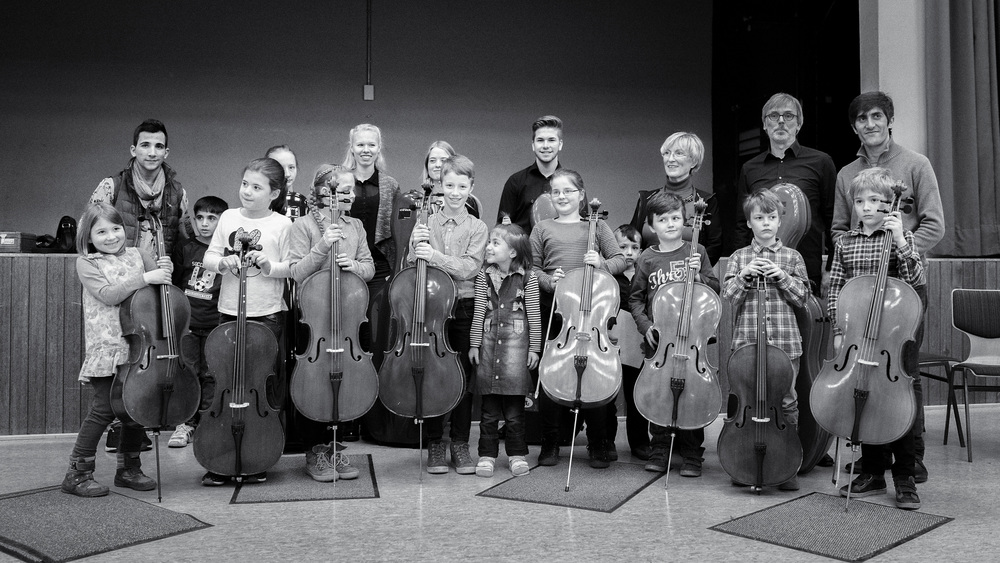
- Find out what happened when Mike Evans took the M and the Q to the Guards’ Chapel
- Subscribe to Macfilos for free updates on articles as they are published. Read more here
- Want to make a comment on this article but having problems? Please read this

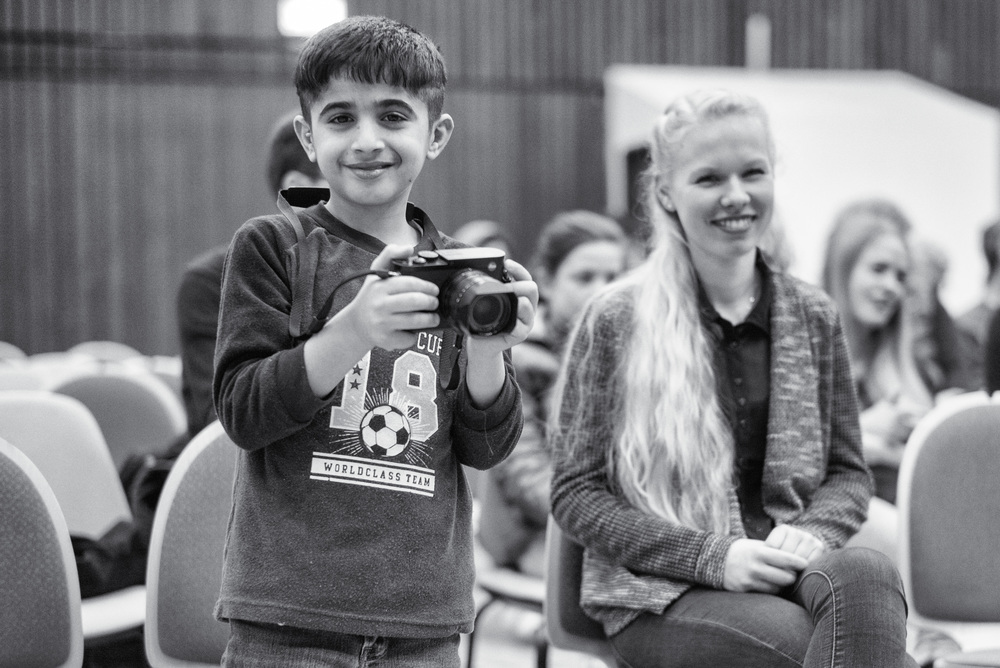
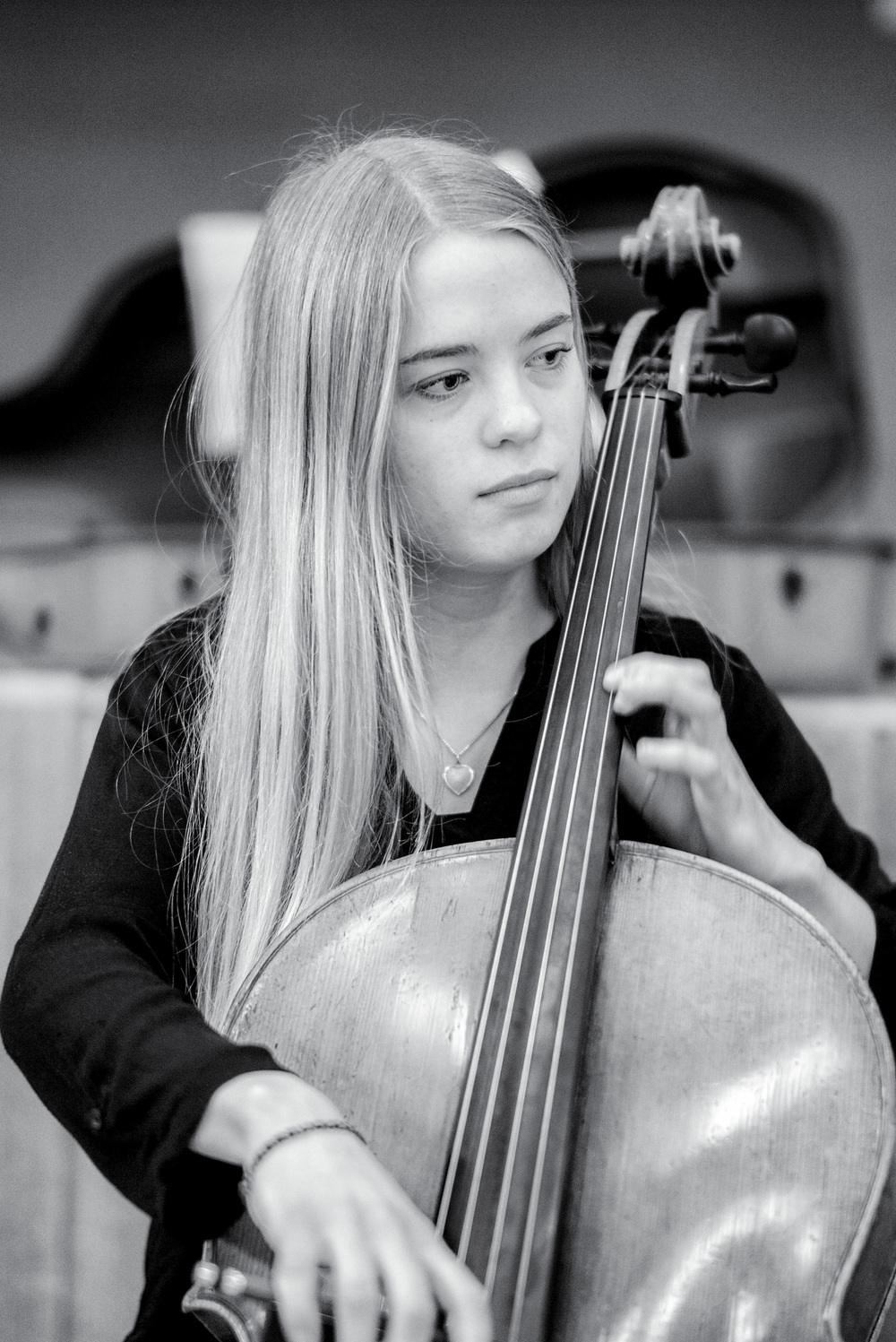
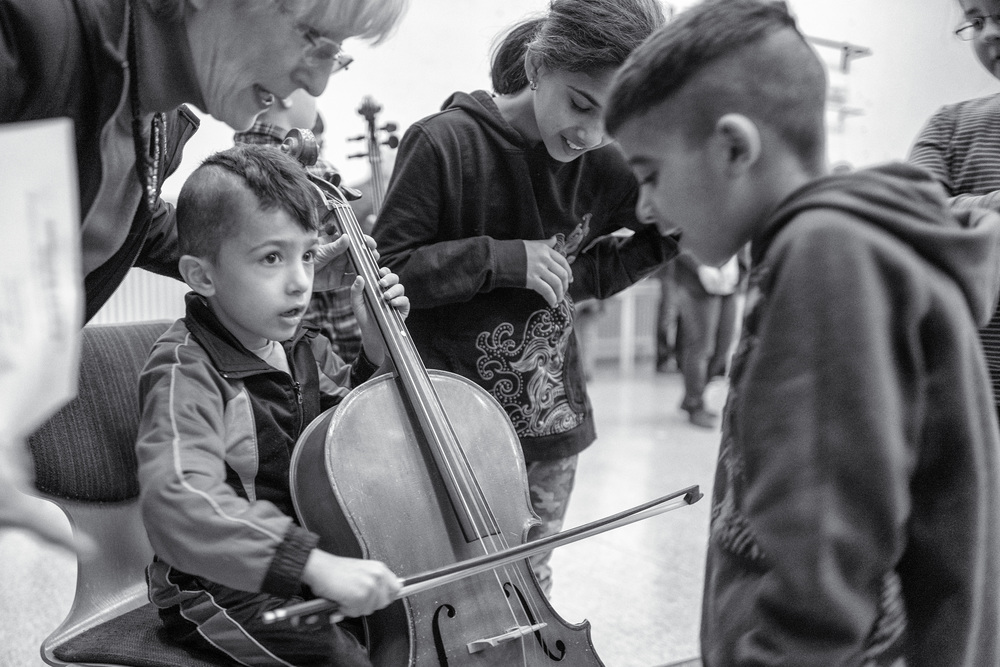
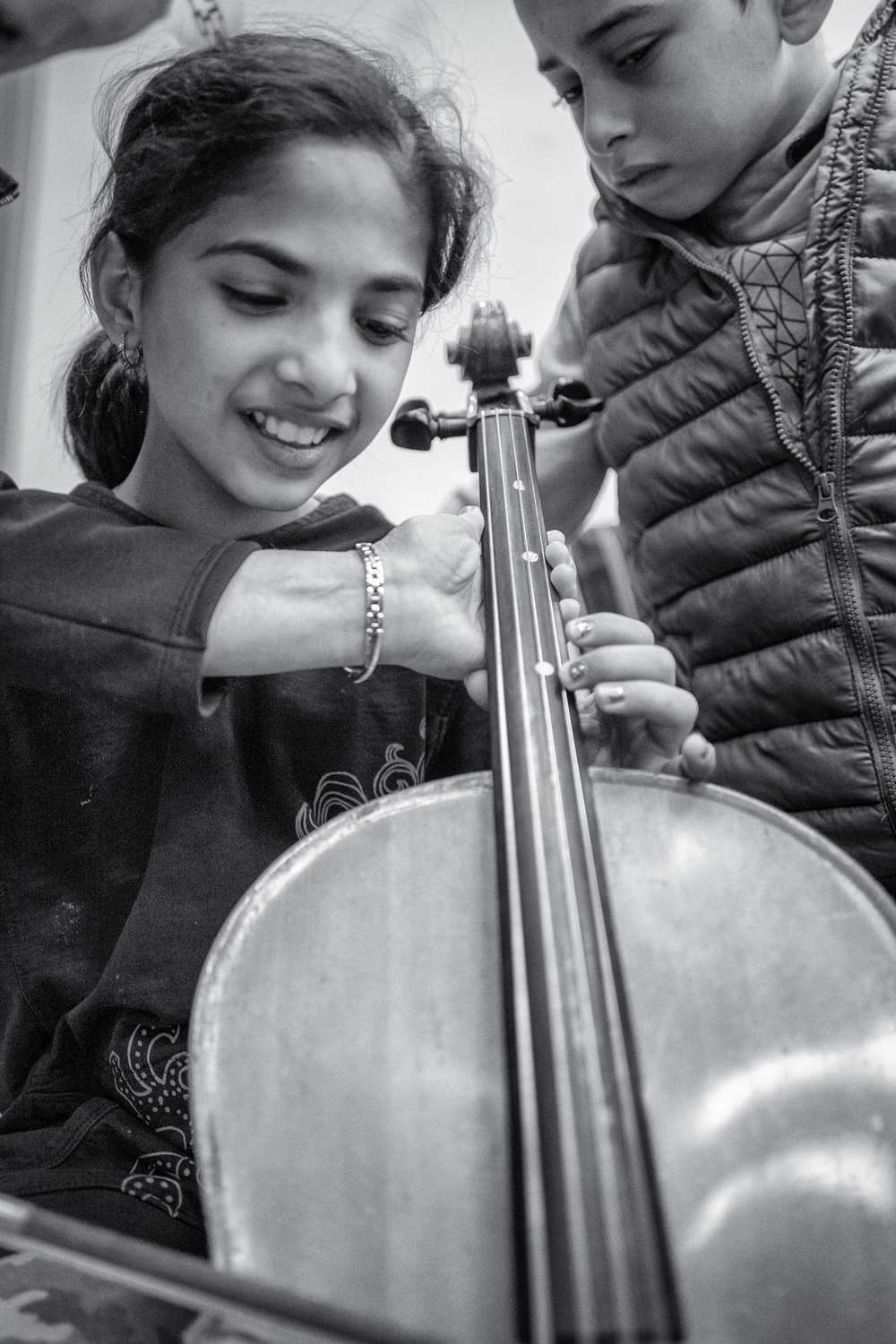
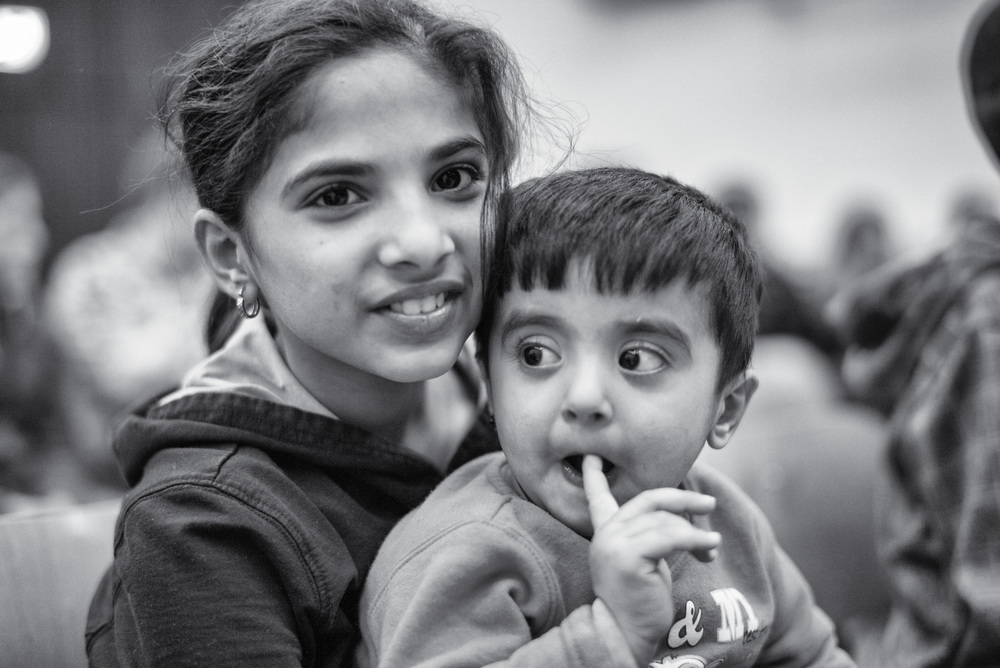
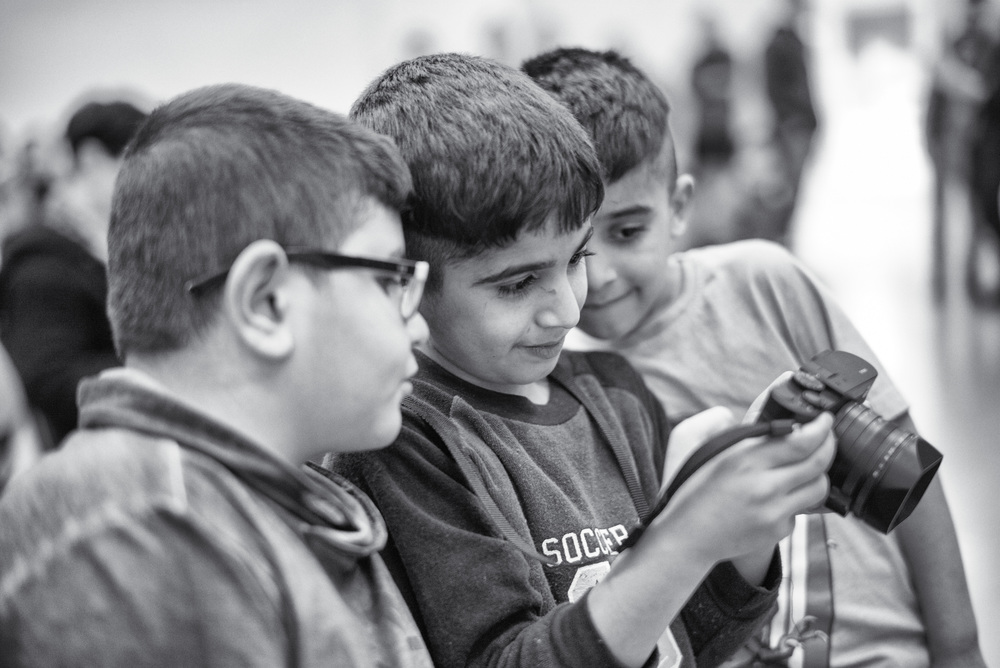
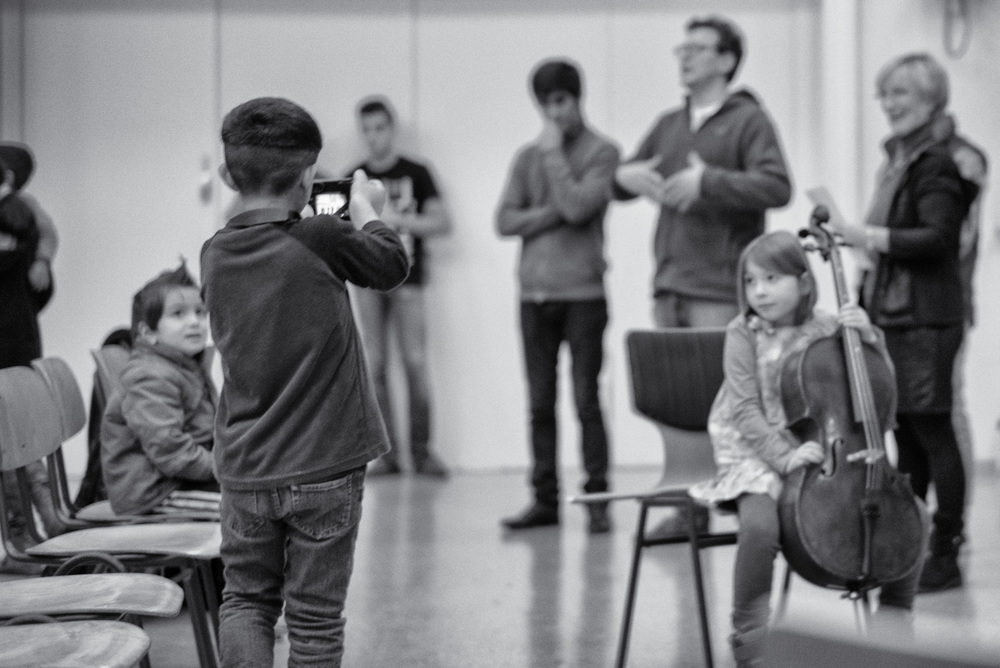
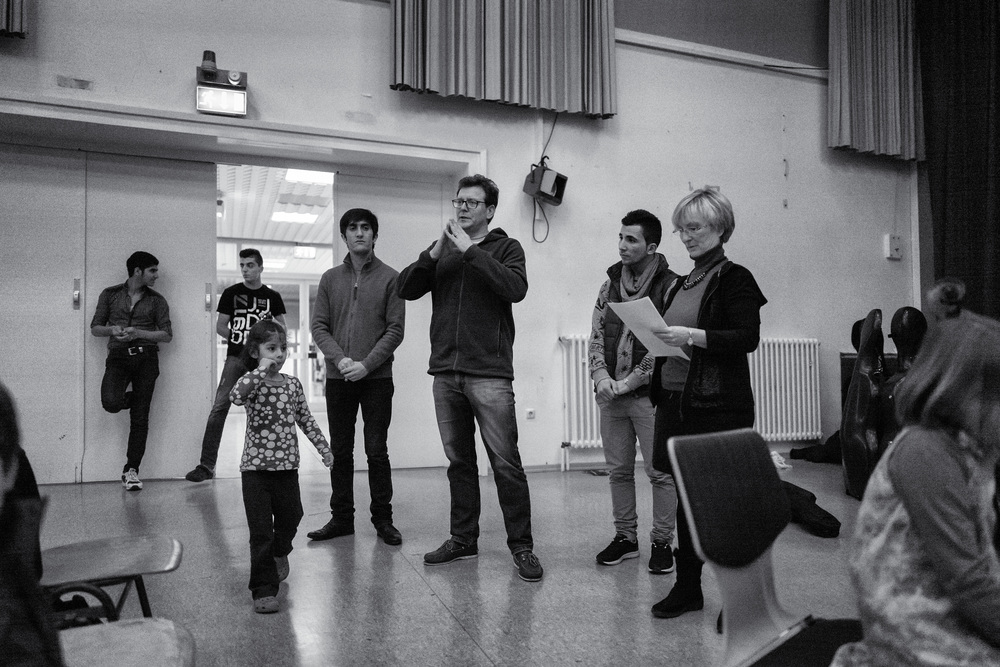
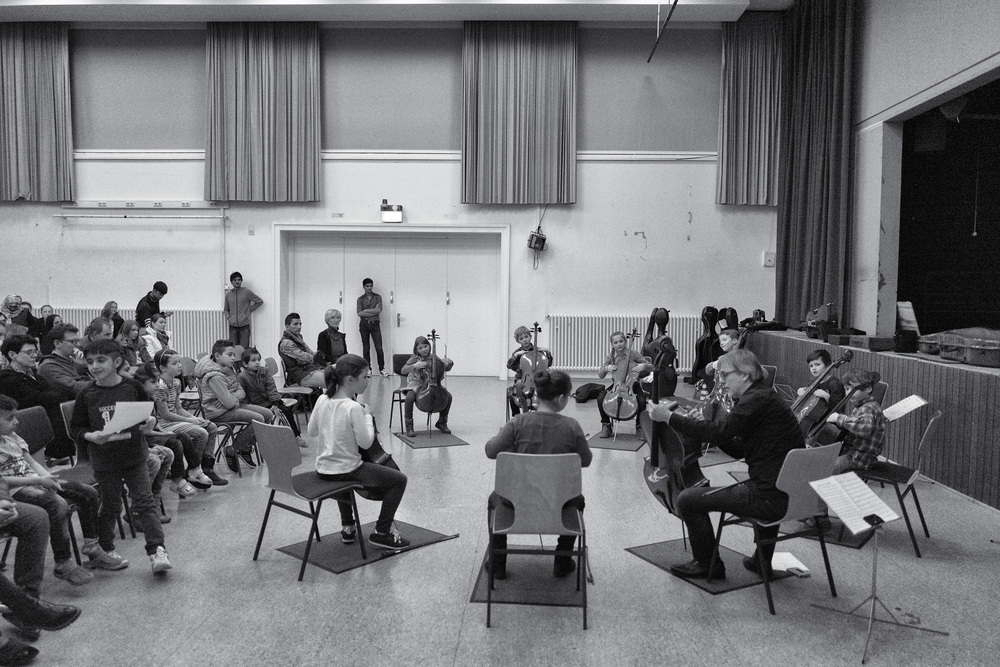
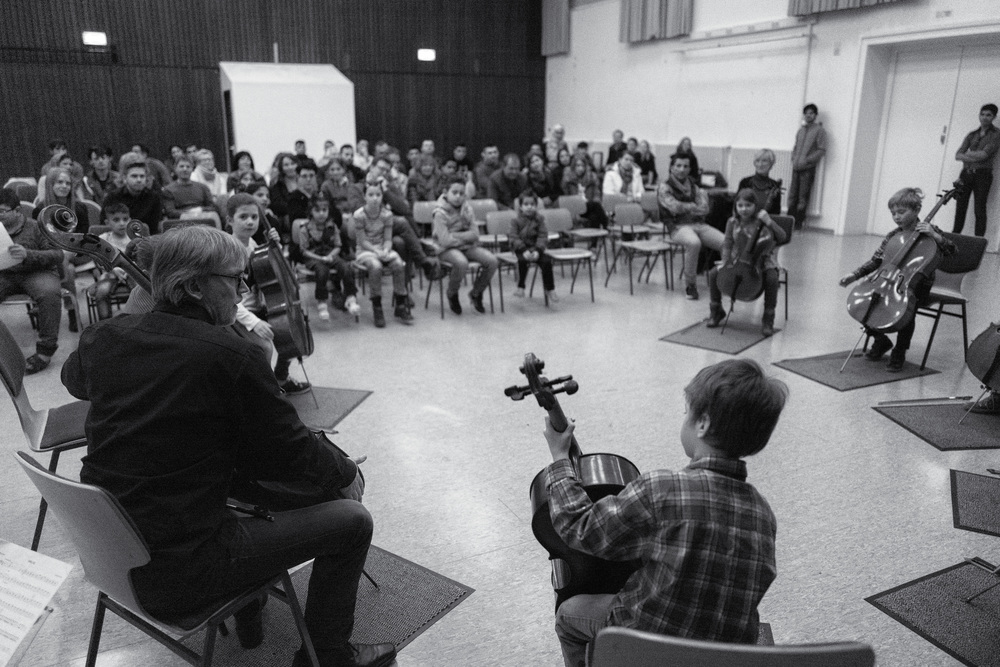
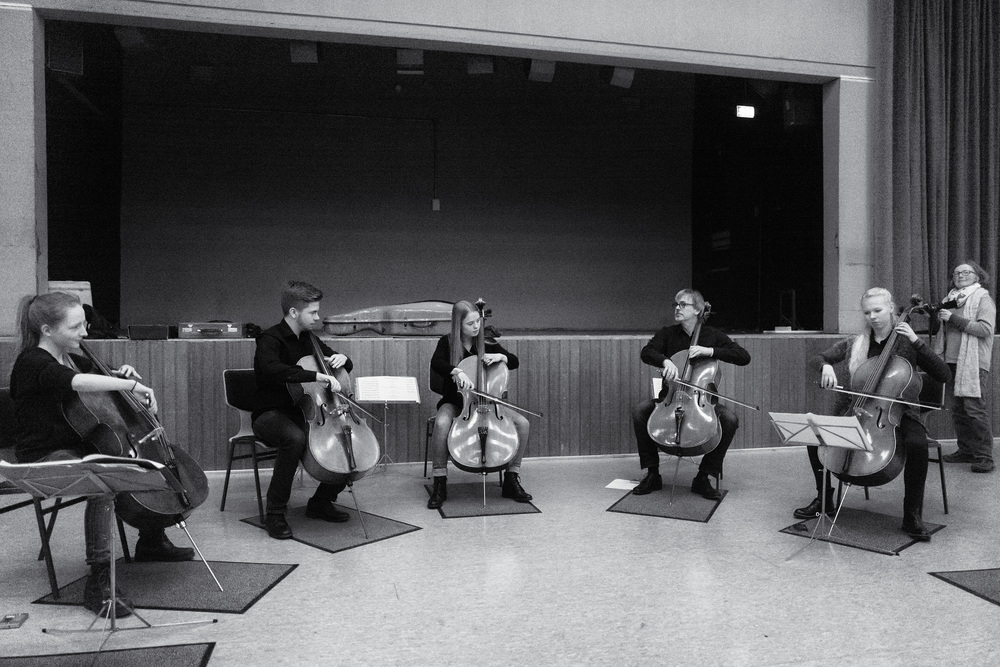
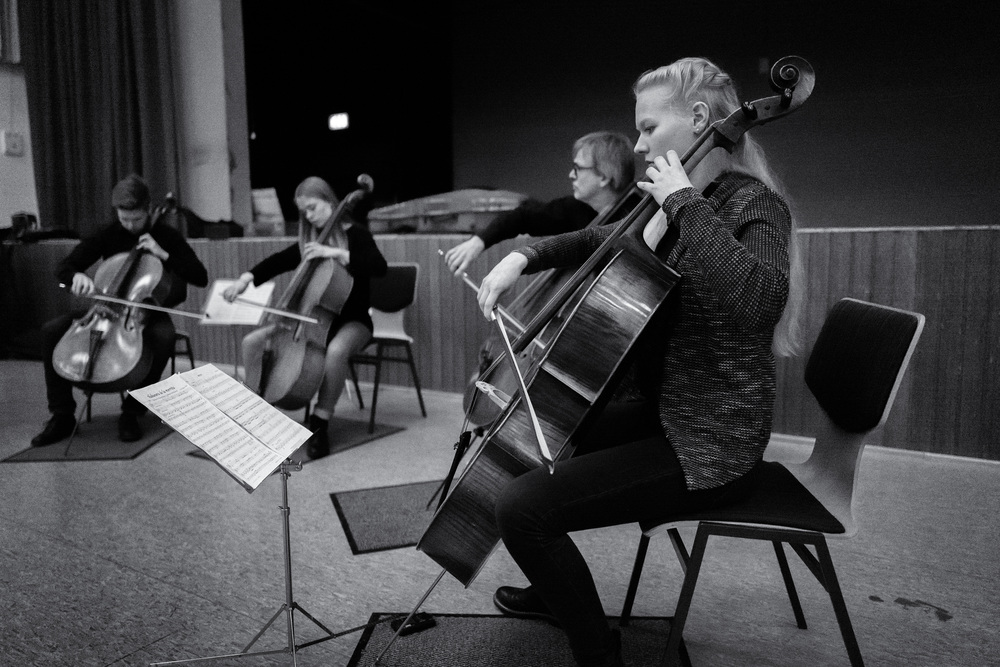
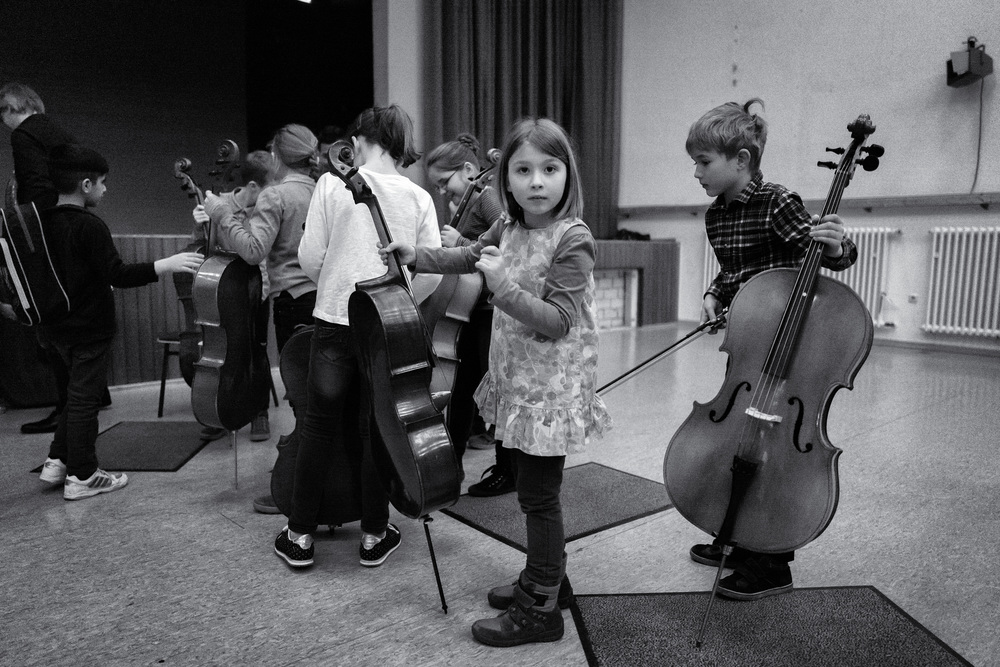
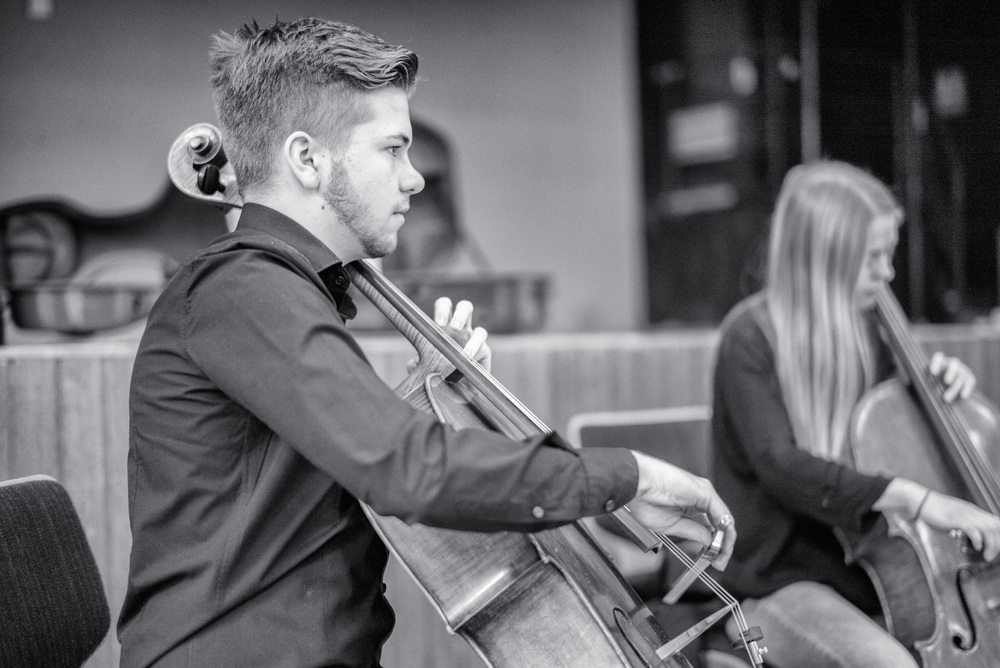
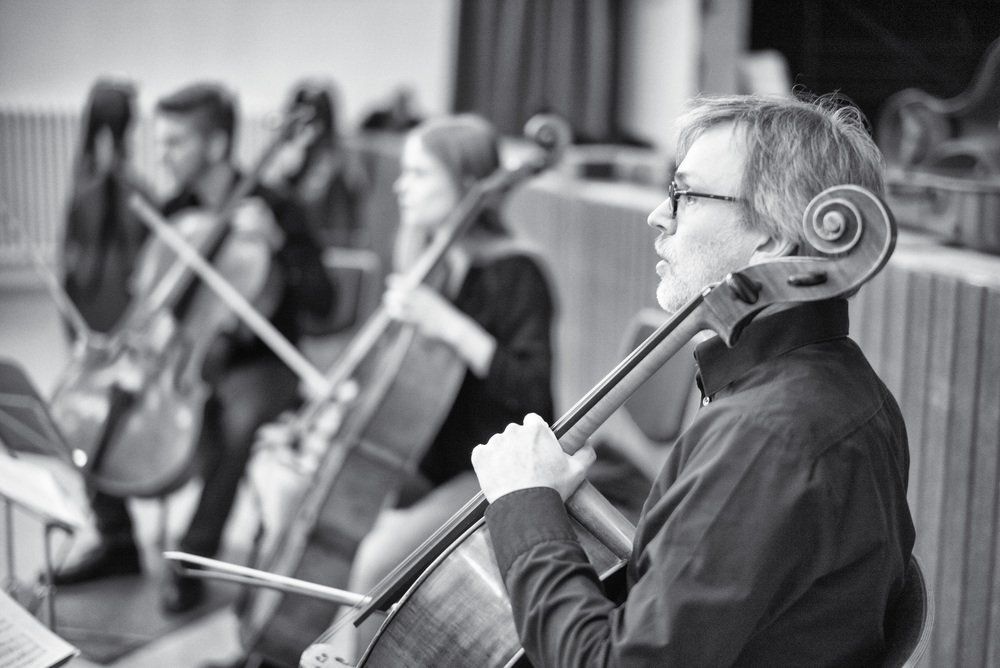
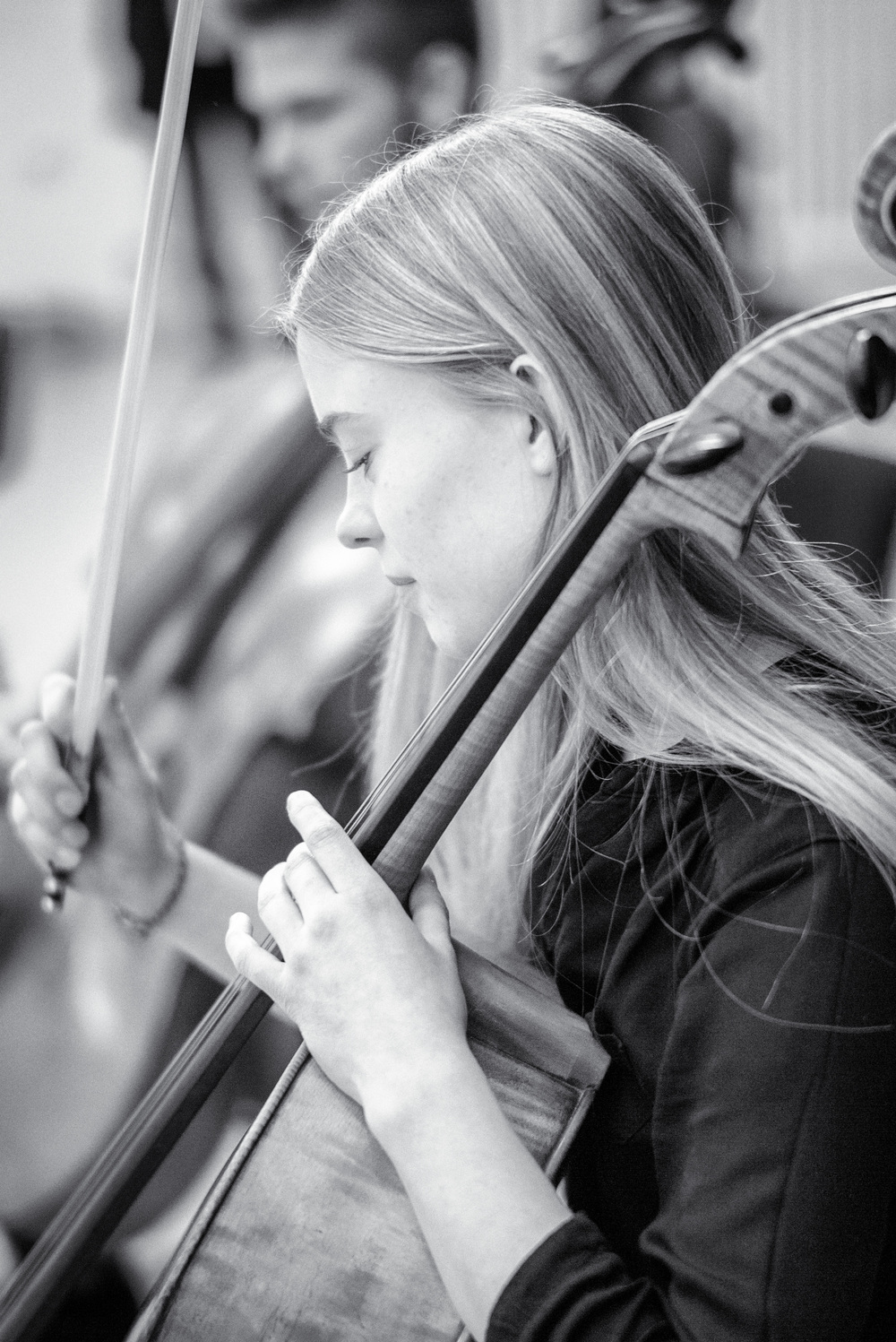
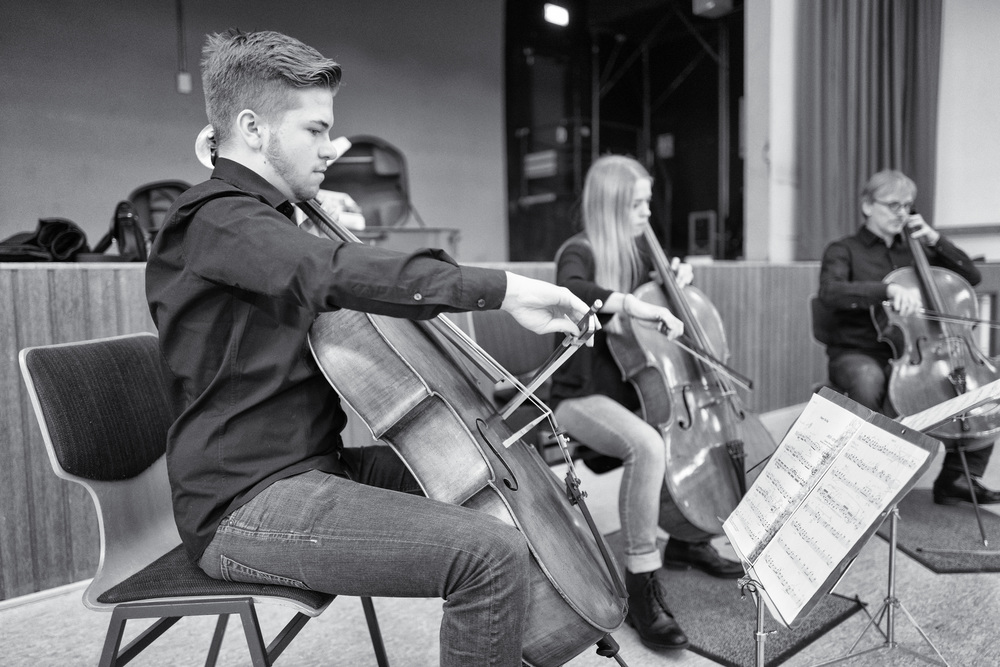
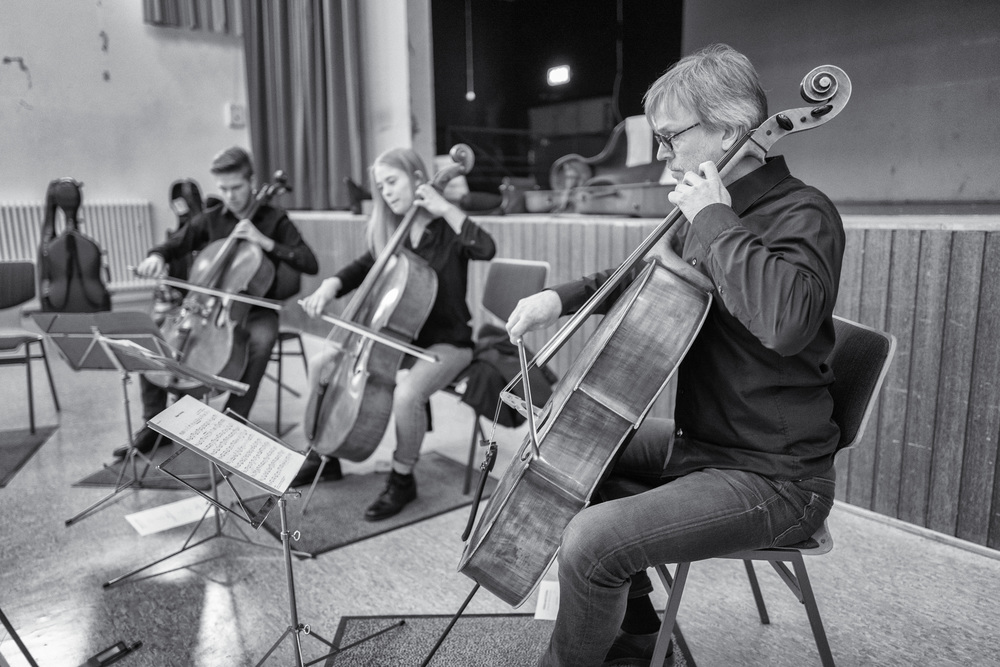
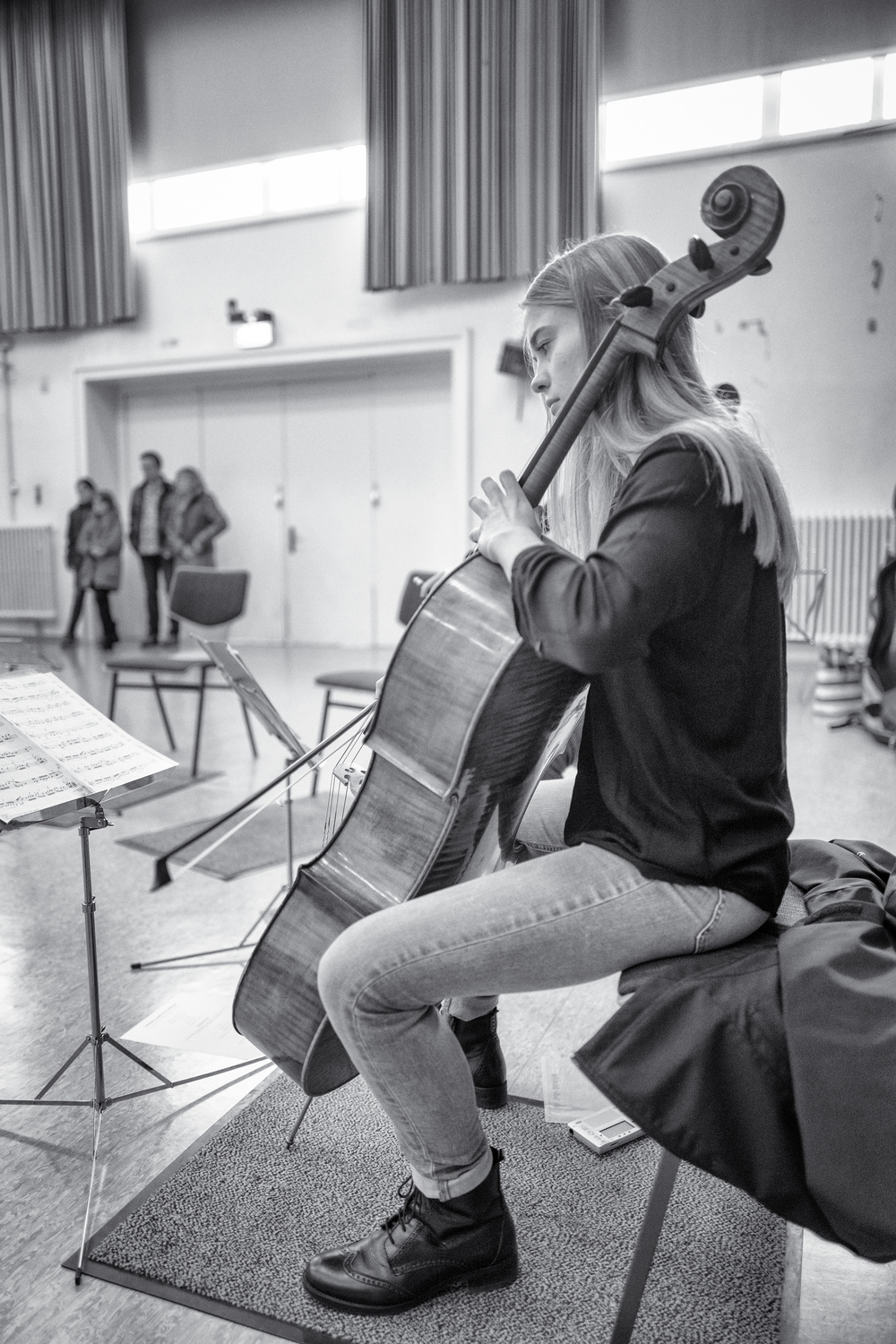
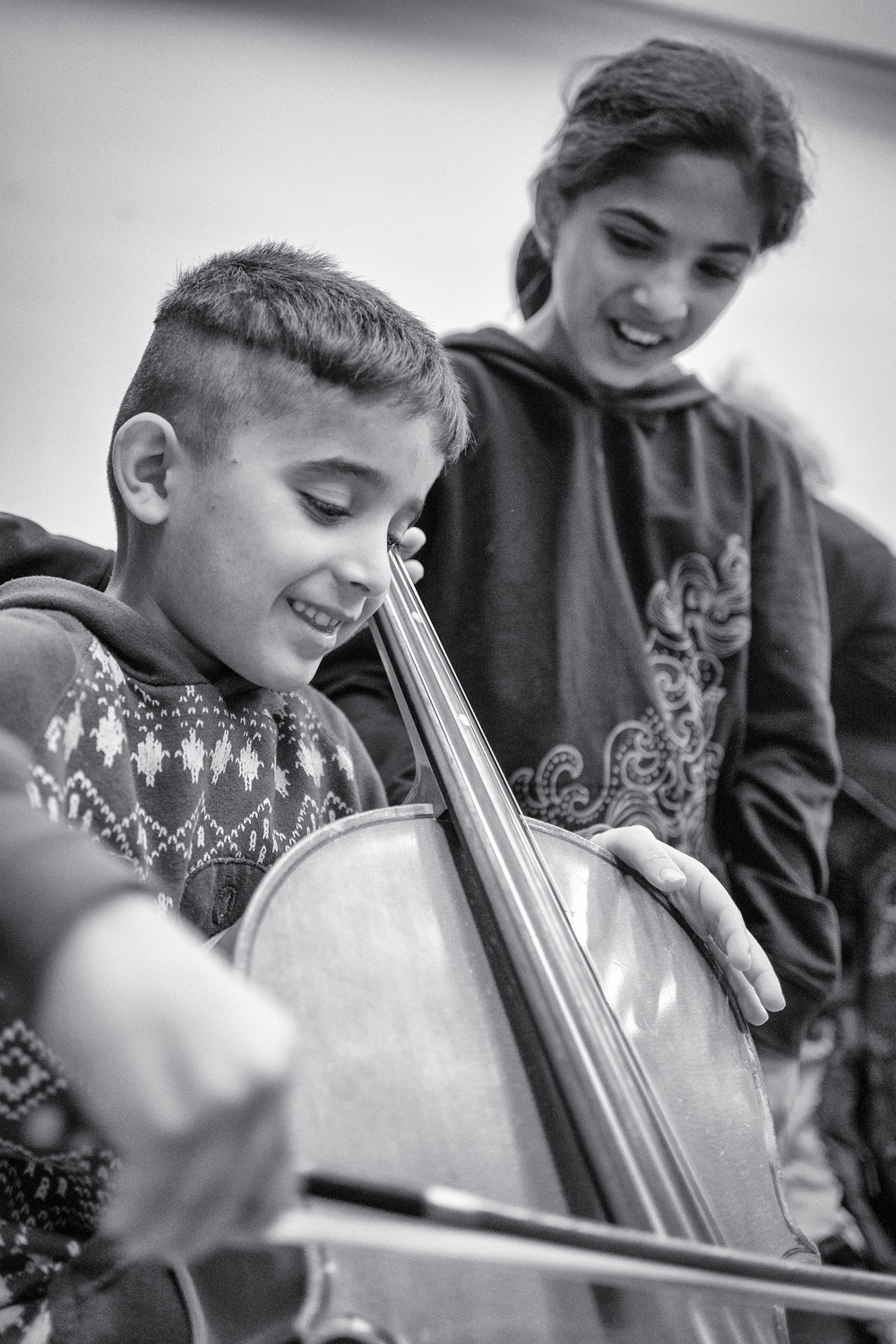
Dear Claus
This is a wonderful story and the photographs really bring out the event and the engagement between children of different cultural backgrounds. Music is a gift for life and getting it at an early age is a real privilege. Even more so, having children of different cultural backgrounds mix and engage at an event like this is an even greater gift. We live in a world where a lot of the discussion is about differences and what divides us, rather than the things that can bring us together, like music. Your article reminded me of something. I was privileged to have been at the Leica 100th Birthday Celebrations in Wetzlar two years ago and, at the evening event, there was a recital by the Simon Bolivar Quartet which was accompanied by photographs of children from El Sistema in Venezuela playing their instruments. You can see the photo in black and white here:
http://tls-circled.blogspot.ie/p/circle-notes-2014.html
I am sending Mike a higher res version in colour so that he can forward it to you.
As for the Leica Q, we already know what a good camera it is. What DPreview says or does not say does not alter that. DPreview is part of an industry that is constantly trying to shift more and more new products by adding on little pieces which often don’t make much difference to picture taking. How did the Leica I Model A ever take off without a tilting rear screen or even a light meter?
Congratulations once again on your wonderful article.
William
Dear William
Thank you for your kind comment. I appreciate it very much, especially from a fellow-writer. I hear from Mike you are a specialist for Leica Screw-Mount-Lenses. I definitely need to read up some of your articles.
I received your photo via Mike and yes, this seems to be a very similar occasion. Music is a language spoken all over the world, useful to express peaceful sentiments. I’m an amateur-musician myself, playing the flute. There’s nothing better to ease your mind like a Bach-Sonata (apart from a good glass of beer, that is to say…).
Best Regards,
Claus